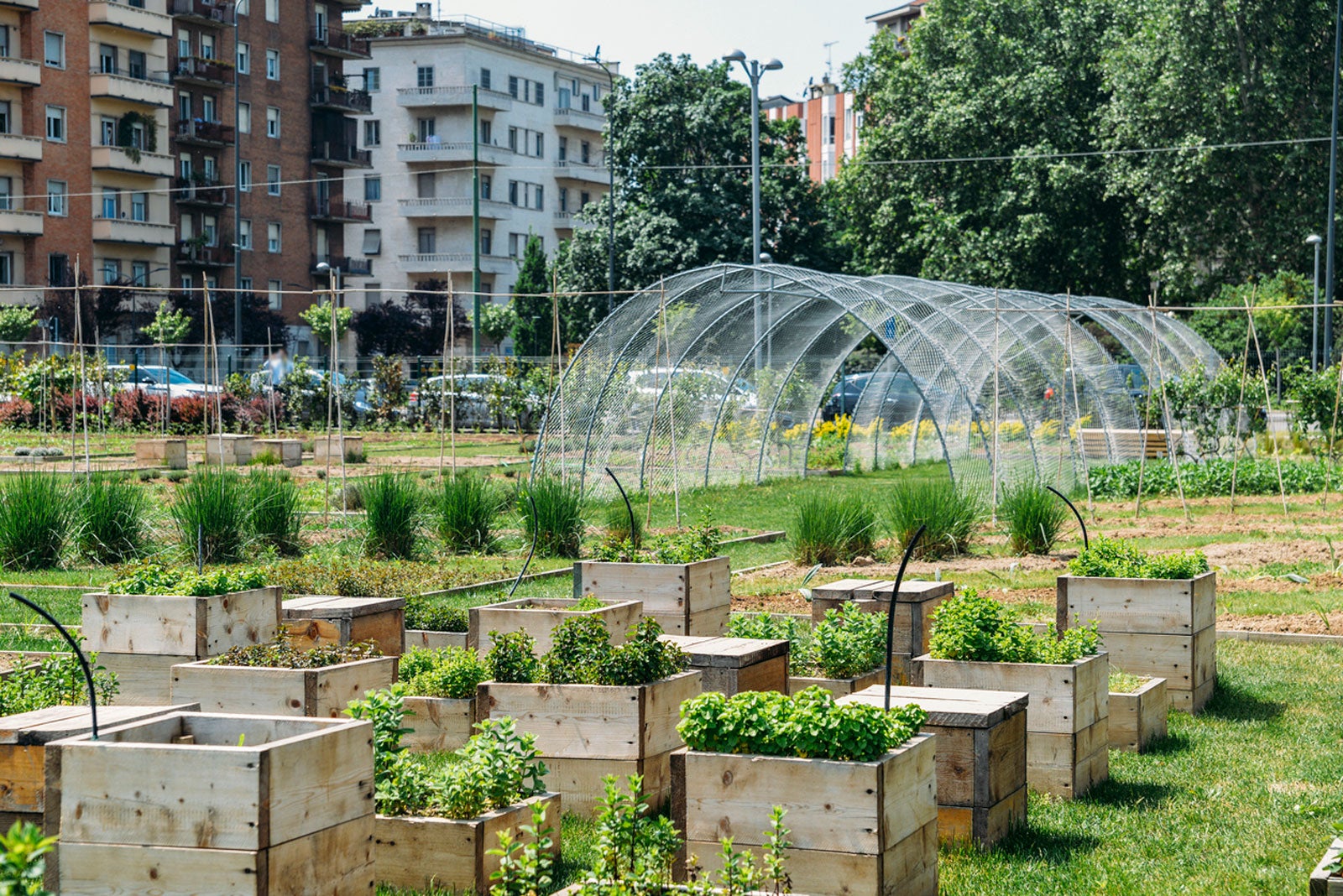Some Known Details About City Blooming
Some Known Details About City Blooming
Blog Article
The 3-Minute Rule for City Blooming
Table of ContentsLittle Known Facts About City Blooming.Little Known Facts About City Blooming.Excitement About City BloomingThe Of City BloomingCity Blooming Fundamentals Explained

As you walk the roads of the Bronx, Southside Chicago or East Oakland, you may see have even seen huge stories of ripening fruits and veggies being harvested. What specifically are urban farms and community yards? Urban agriculture, metropolitan farming, or urban horticulture is the technique of growing, handling and distributing food in or around metropolitan locations.
Normally, city farming as a technique is a larger financial investment than horticulture. There are plenty of extra hours spent into the trivial matters of farming, from the plant strategy to the often tending of your beds. This moment commitment handles an entire new definition once you recognize the goal that is being functioned towards and dedicated, specifically that of getting a plentiful yield of crops to be taken in.
A neighborhood garden is a solitary tract gardened collectively by a group of individuals. Neighborhood gardens make use of either private or shared stories on personal or public land while creating fruit, vegetables, and/or plants expanded for their attractive look. The fundamental model below is that a huge team of people each add a fairly little amount of time to working their own plot, and get the fruits of their labor therefore.
City Blooming Can Be Fun For Everyone

, and neighborhood organizations by aiding them establish and grow their very own gardens. The distinctions between area yard and urban farm are nuanced, though in the end the same standard task takes placefood plant growing yet within different organizational structures - sustainable gardening.
Urban ranches are normally more organization and innovation oriented, with the primary objective of maximizing yields and selling produce. Business city farms are often intended at increasing manufacturing on generally small acreage with developments in modern technologies such as aquaculture, hydroponics, and greenhouses and might partner with a business kitchen to create locally-produced value-added products such as jams and sauces.
City Blooming for Dummies
The fruit and vegetables is usually expanded on a much smaller sized range and is taken home to consume at home or to share. By giving much required eco-friendly spaces in penniless, concrete city locations, they permit the advantages of backyard gardening to those lacking backyards, and serve as exceptional examples of self-organization and community activism.
Some community yards, commonly in city areas, move right into expanding for industrial use while some urban farms open up their land for even more socially conscious benefits. Regardless of exactly how you define and distinguish the 2, they are both positive pressures for great in cities around America and the globe.
As all of Tiny Axe Peppers' hot sauces are sourced with peppers from area yards, your purchases directly assist fund these regional tasks (https://hearthis.at/cityblooming/set/city-blooming/). So, take part in the transformation by.
A pal of mine just recently commented in a conversation regarding horticulture that "It's interesting, I've constantly believed that farming as a technique is rather like horticulture. As I spent more and even more time in my Urban Farming course I have actually come to realize that to state that gardening is a small expansion of agriculture would be a bit of stretch.
The Of City Blooming
They both focus on the treatment of plants for some objective that can be nutrition, profit or simply the satisfaction of the craft. Moreover they both need a monetary investment in addition to a time investment, something that a whole lot of individuals in our quick paced life do not have a great deal of - sustainability.
We can see that the resemblances are abundant, but are the distinctions enough to develop a difference? As a trainee at NYU I have the chance to deal with the leave It Better Foundation, a group that instructs basic nourishment and horticulture to high institution pupils. https://moz.com/community/q/user/cityblooming. This experience provided me a thorough venture into the world of amateur look at this website horticulture beyond what the majority of people have actually touched with
With these in hand, I can safely claim that these two activities are quite honestly various beasts. Farming as a technique is a bigger financial investment than gardening. There are numerous more hours invested into the minutiae of farming, from the plant plan to the having a tendency of your beds. This moment dedication takes on a whole brand-new significance once you understand the objective that is being functioned in the direction of and devoted, particularly that of acquiring an abundant return of plants to be consumed.
The ordinary garden enthusiast goes regarding his obligations as a chore instead of a necessity and as such distinguishes his or herself from the farmer. However with this difference in hand, they are both relaxing and stress-free workouts that any individual can get, which on its own ought to be an advertisement for both.
City Blooming Can Be Fun For Everyone
Something went wrong - indoor plants. Wait a minute and try once more Try once more
Report this page